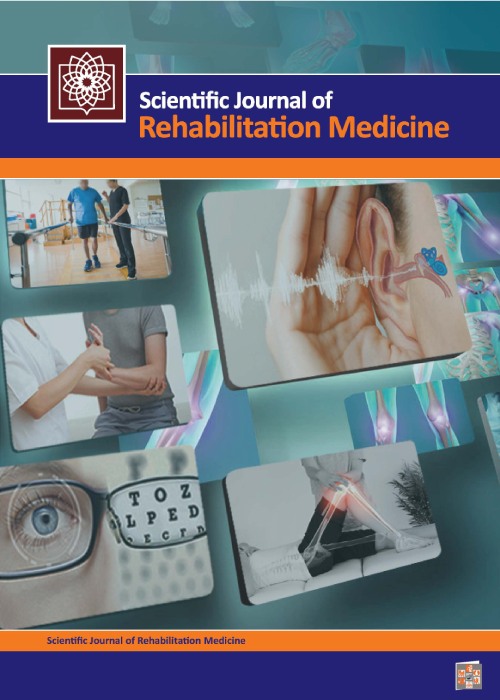Effect of Lower Extremity Fatigue on Knee Joint Kinematics During Landing Maneuvers in Adult Soccer Players
Since fatigue in different regions of the lower extremities can effectively alter the movement pattern of this part of the body and cause joint-related kinematic changes that increase the risk of injury and mental fatigue, which may be a factor in reducing productivity and injury. Therefore, the study of kinematic changes during fatigue can have helpful results. This study aimed to investigate the effect of lower extremity fatigue on knee joint kinematics during landing in adult soccer players.
Ten adult male soccer players (Mean±SD = age: 20.7±1.05 years; Height: 178.9±4.17 cm; Weight: 71.55±8.04 kg) participated in this study. Subjects performed a pre-test, which included jumping and landing on a 40-cm box, and recording cameras of the valgus motion analyzer, flexion, and knee rotation. The Kingtools section of the plugin software attached to the Cortex software was used for segmentation and kinematic information. The lower extremity fatigue protocol consisted of 10 repetitions of single-leg squats up to 90 degrees of knee flexion, 20 vertical jumps with a single leg, and 1 repetition of step –going up and down a 31cm step. The Borg scale was used to measure fatigue. Before and after the fatigue protocol, a single-leg hop was used to determine the level of fatigue. After the fatigue protocol, a post-test was performed. Data were analyzed using the Shapiro-Wilk test for normality of the data, and paired t-test was used to compare mean in pre-test and post-test independent variables.
The paired t-test results for comparison of kinematic data showed that contact flexion had a significant difference from pre-test to post-test and other kinematic variables had no significant changes from pre-test to post-test. Statistical significance was considered at P≤0.05.
According to the findings of this study, it can be concluded that lower extremity fatigue in the present study partly caused kinematic changes in predicting ACL injury. Kinematic changes have included a decrease in Contact flexion, which is one of the predictors of ACL injury during landing.
- حق عضویت دریافتی صرف حمایت از نشریات عضو و نگهداری، تکمیل و توسعه مگیران میشود.
- پرداخت حق اشتراک و دانلود مقالات اجازه بازنشر آن در سایر رسانههای چاپی و دیجیتال را به کاربر نمیدهد.



